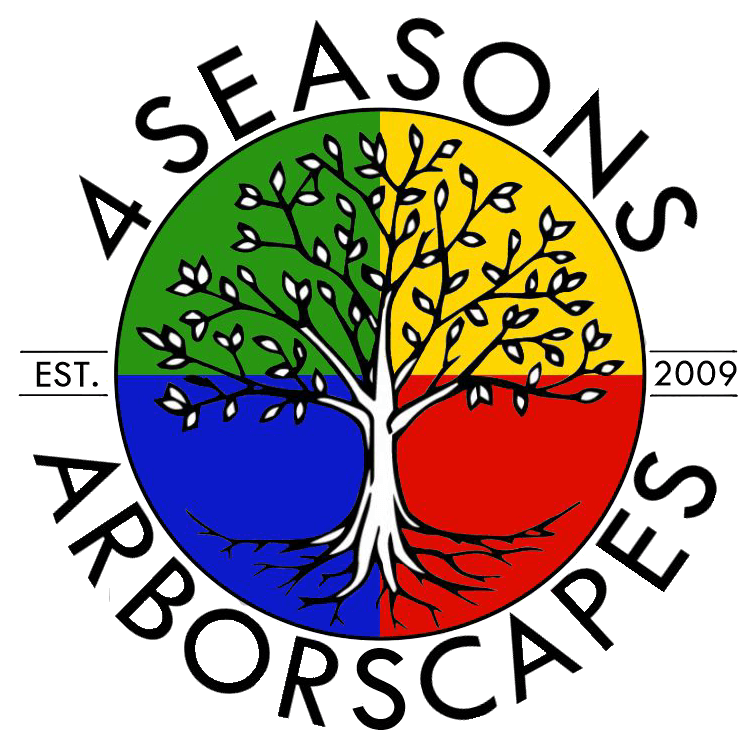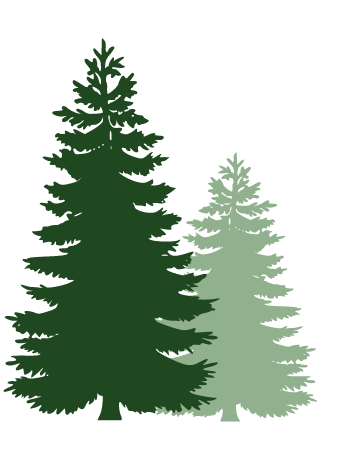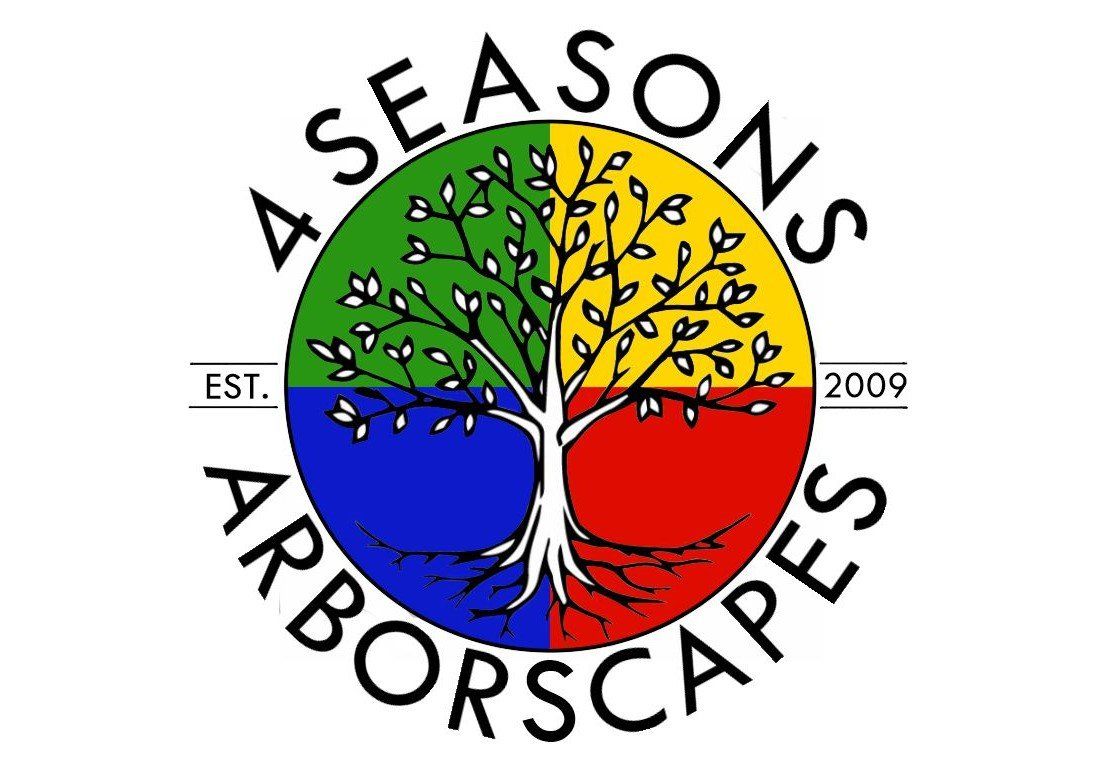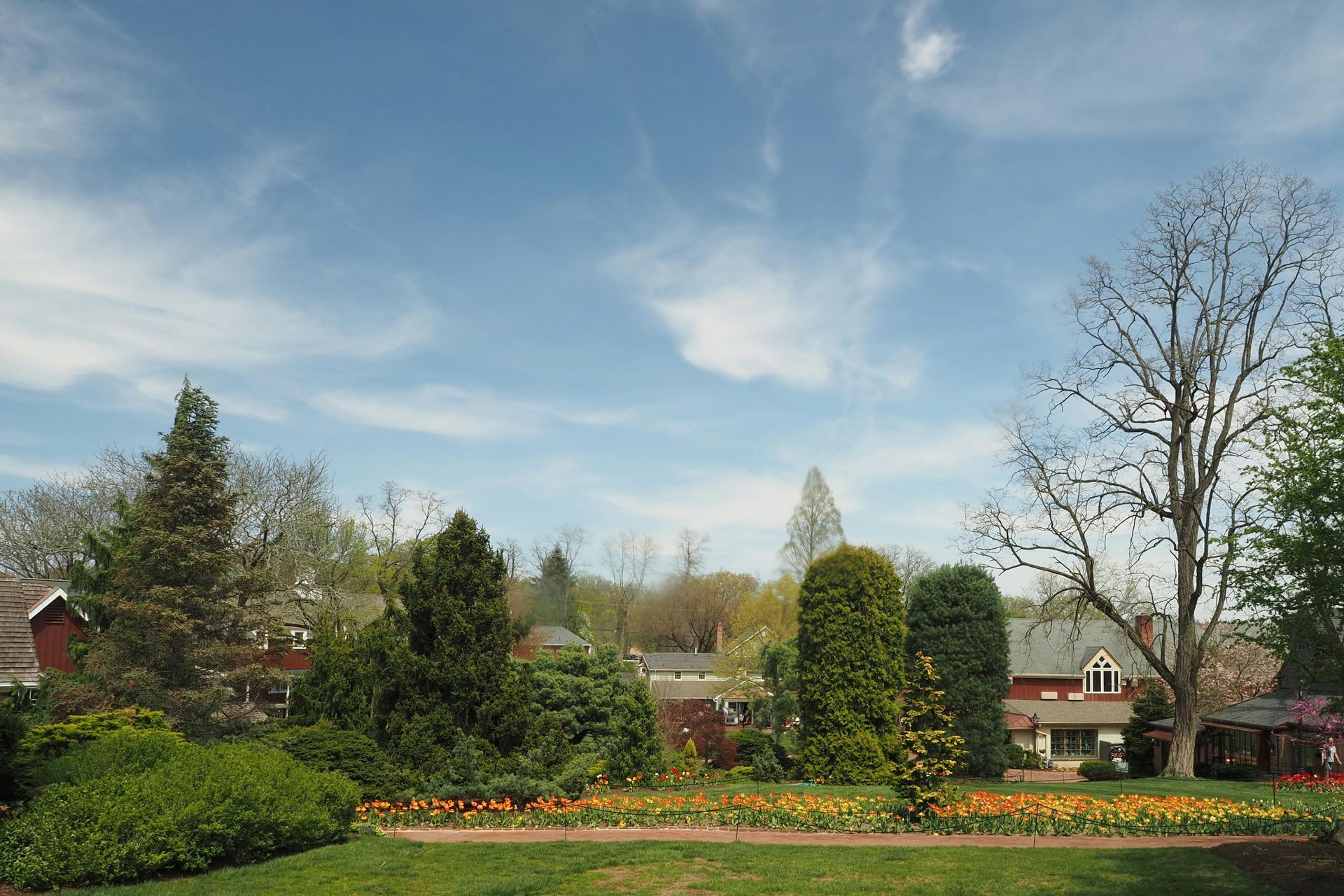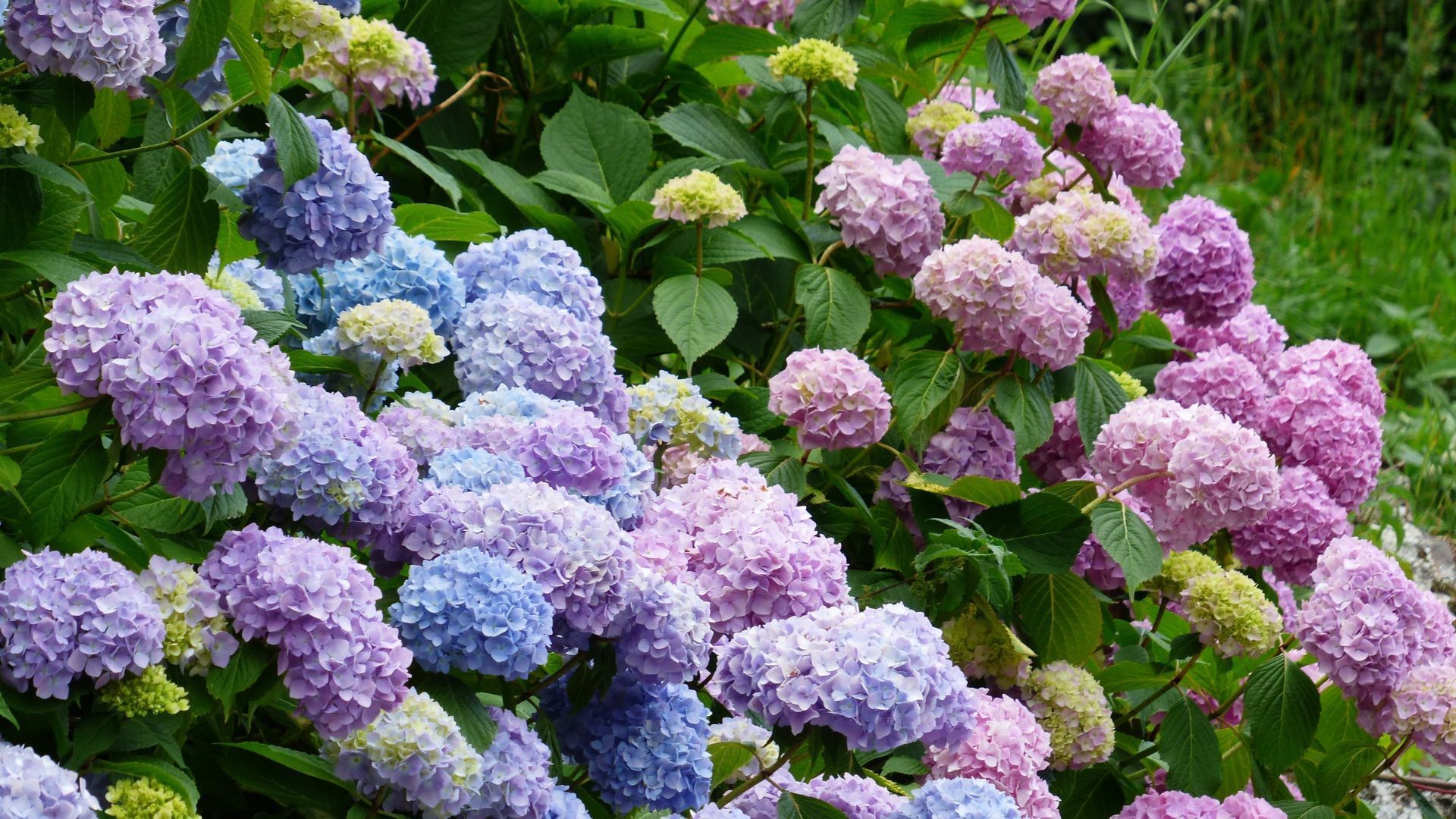The Utah Juniper is a resilient and iconic tree species native to the western United States. This evergreen tree thrives in arid environments, particularly in the Great Basin and Colorado Plateau regions, including Utah. They often grow in open woodlands, alongside pinyon pines, and in mixed desert shrublands.
Utah Junipers have a slow to moderate growth rate, typically reaching heights of 10 to 40 feet and surviving for hundreds of years.
These trees are highly adaptable to poor, rocky soils and drought-like conditions, and the extensive root system helps stabilize soil, prevent erosion, and maintain soil moisture levels.
